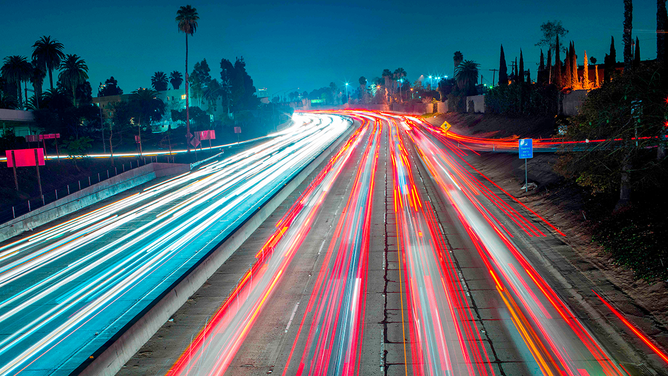Here’s why the evening commute just got deadlier for motorists, pedestrians
Data shows a significant spike in crashes in the days after the move to eastern standard time
The end of daylight saving time doesn’t only mean it became darker during the evening commute, it also got deadlier for drivers and pedestrians.
Crash data during the 5 p.m. hour that AAA analyzed shows a significant spike in crashes in the days after the move to eastern standard time.
According to AAA, fatal pedestrian crashes across the country increased by 678 percent between 2010 and 2019 in the 5 p.m. hour during the first week after the time change. The deadly incidents went from an average of 2.3 a week to 17.9.
Fatal car crashes also increased by 73 percent, increasing from 26.2 per week to 45.3 during the same period of time.
AAA said the amount of time needed for someone to adjust to the time change fully could be lengthy, and drivers are more likely to be tired when they drive or still aren’t used to driving in the dark.
And despite knowing that driving while tired can be extremely dangerous, 17 percent of drivers said they drove when they were so tired that they had a hard time keeping their eyes open within the last 30 days, according to the AAA Foundation for Traffic Safety.
AAA says motorists who have slept for less than five hours have the same crash risk as driving drunk, and missing just one or two hours of sleep may double the chance for a crash.
So, make sure you get plenty of sleep before you hit the road, and AAA recommends you avoid heavy foods and medications that may make you drowsy before you head out onto the roads.
Also, make sure your vehicle has good headlights as more people begin to drive when it’s dark outside. It’s a good idea to decrease your speed and following distance in the dark as it may be more challenging to see a vehicle in front of you.
